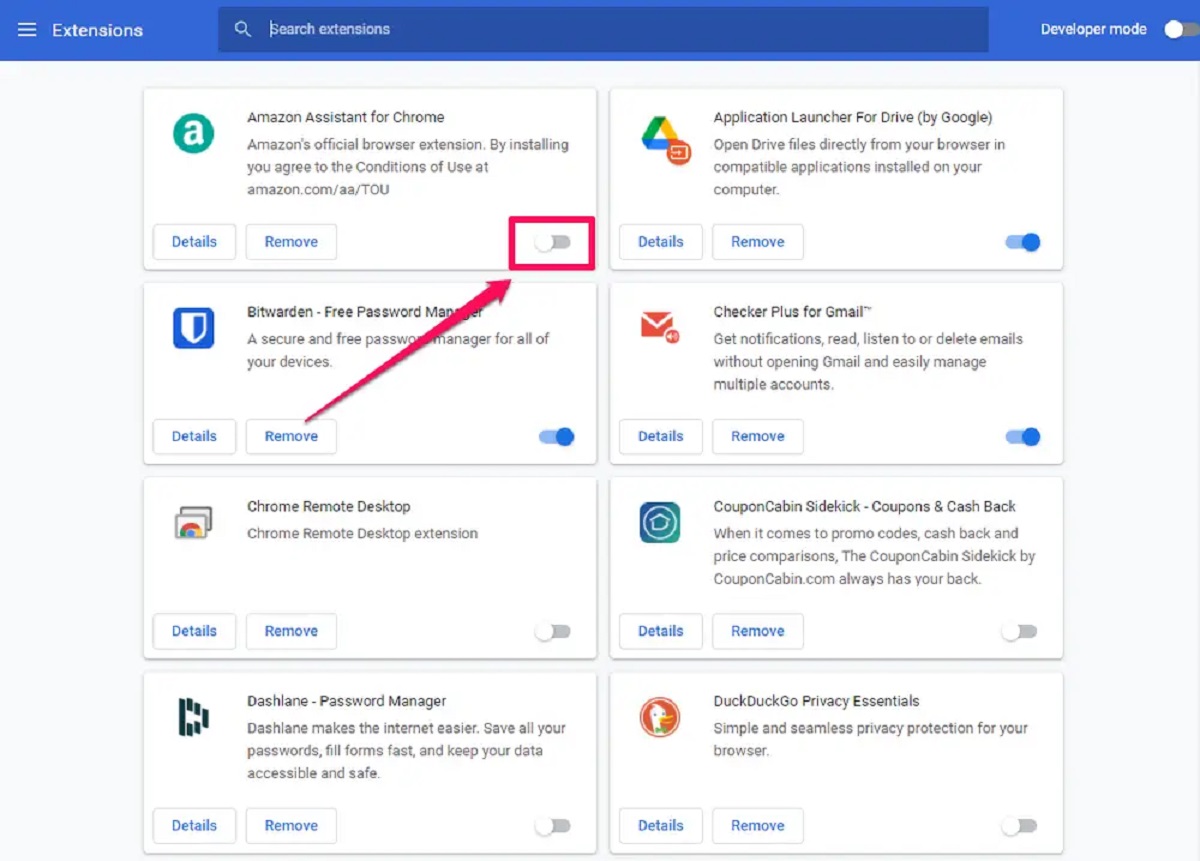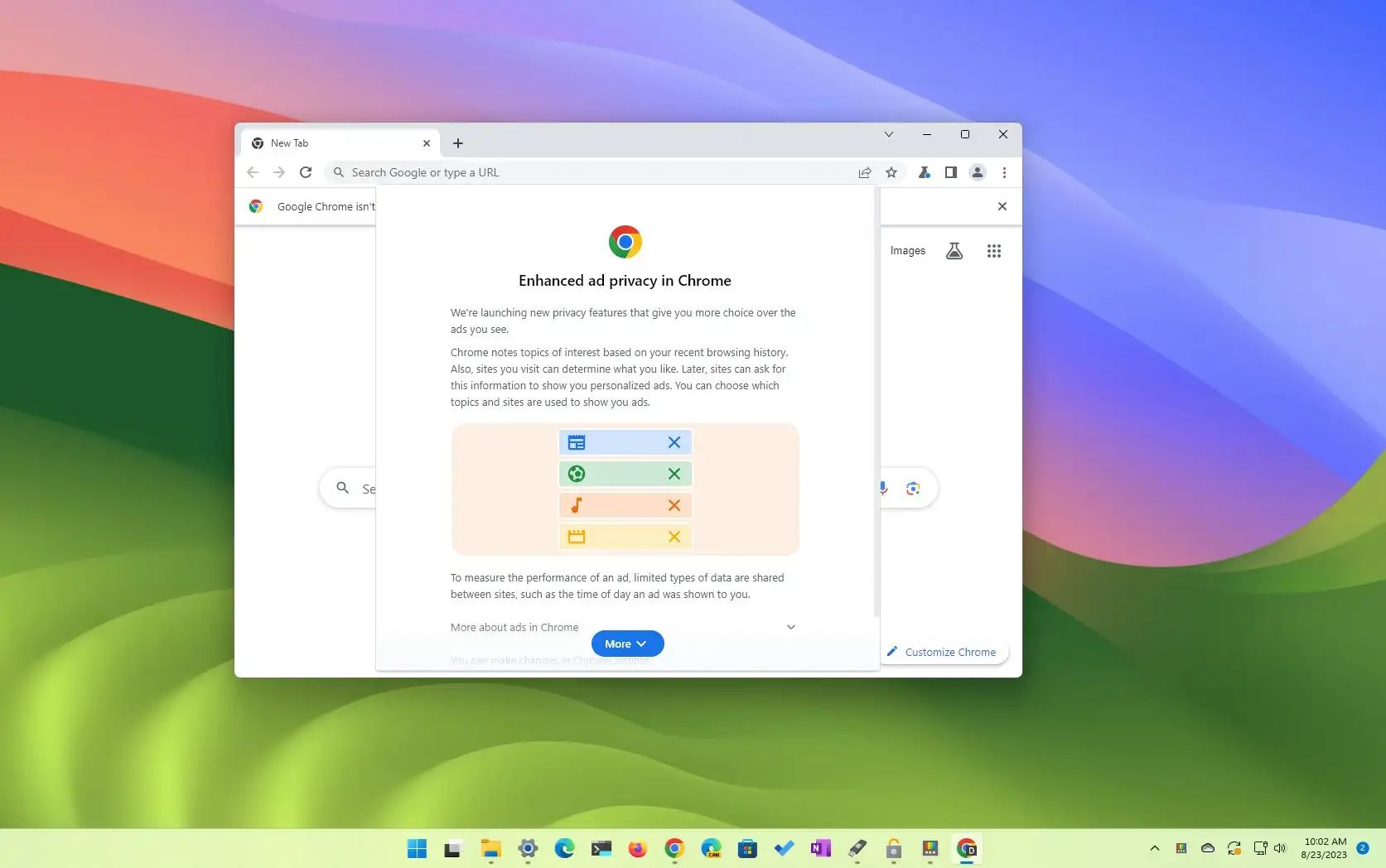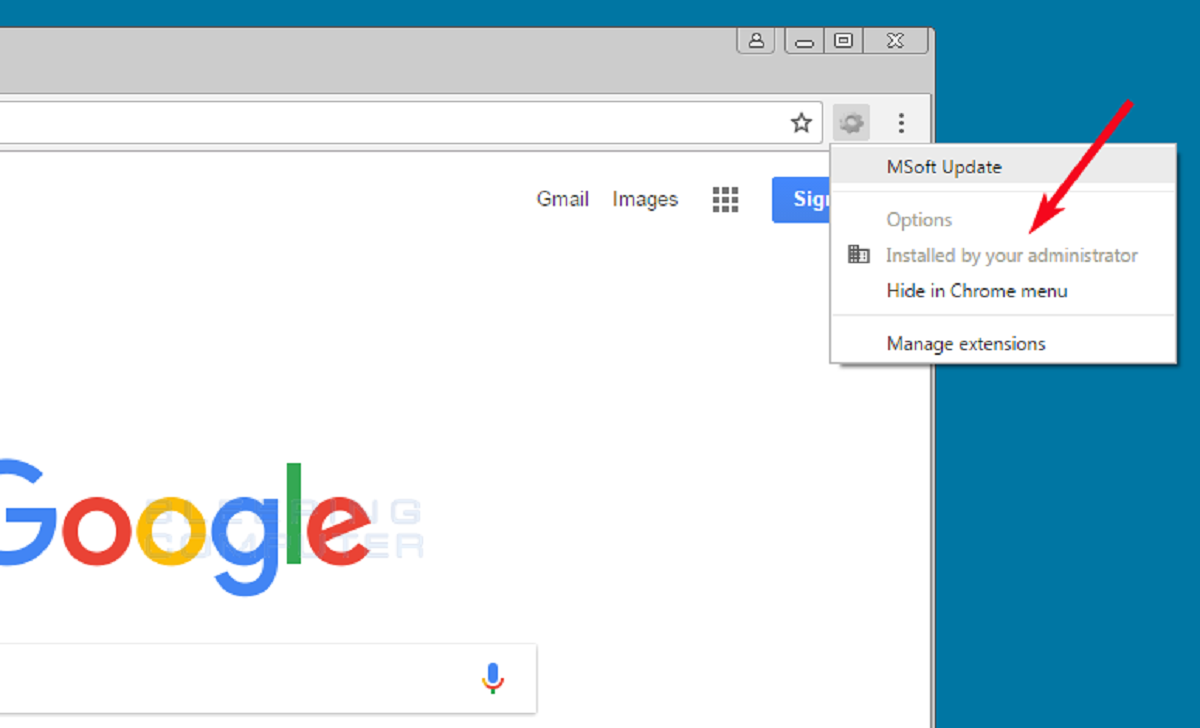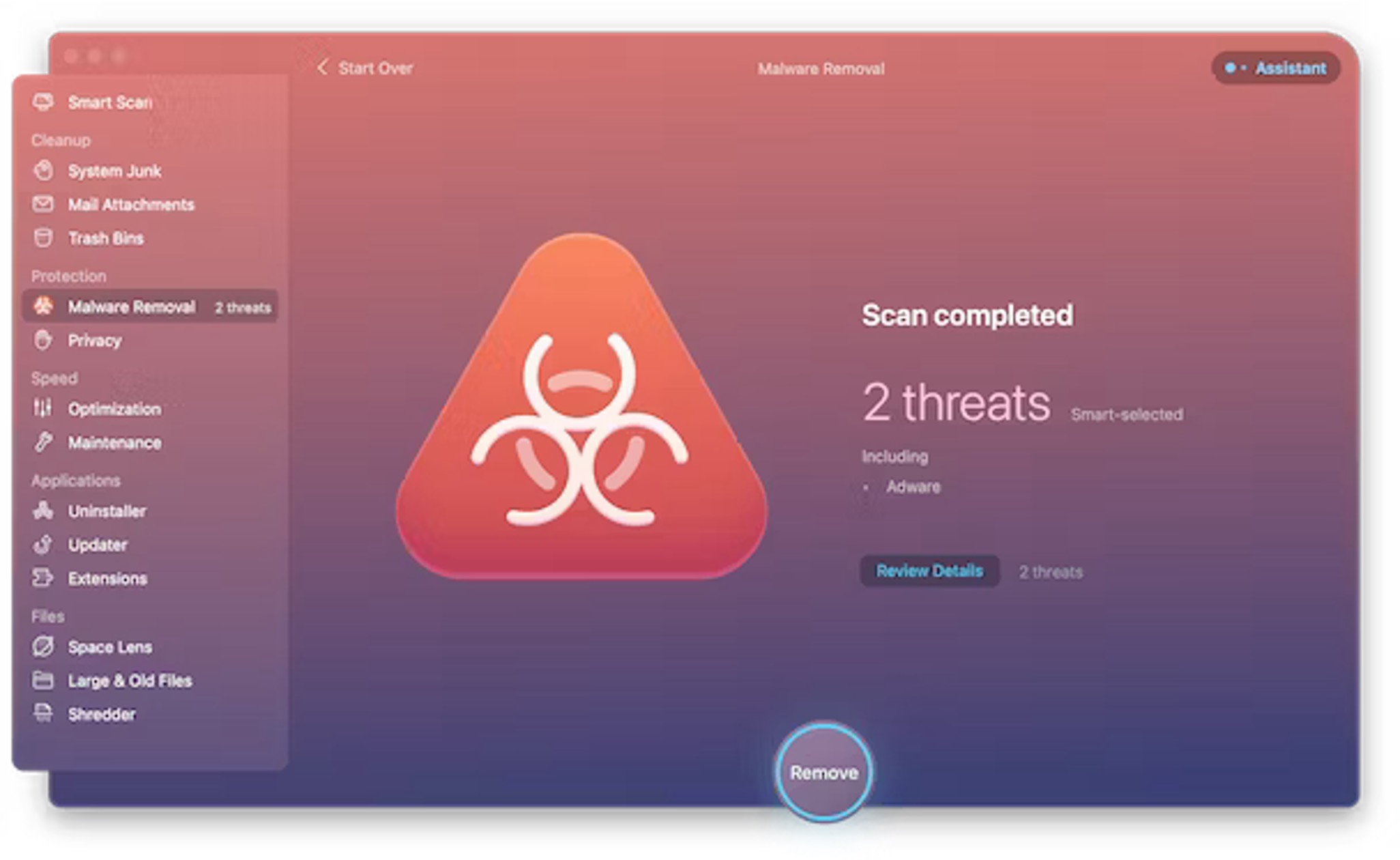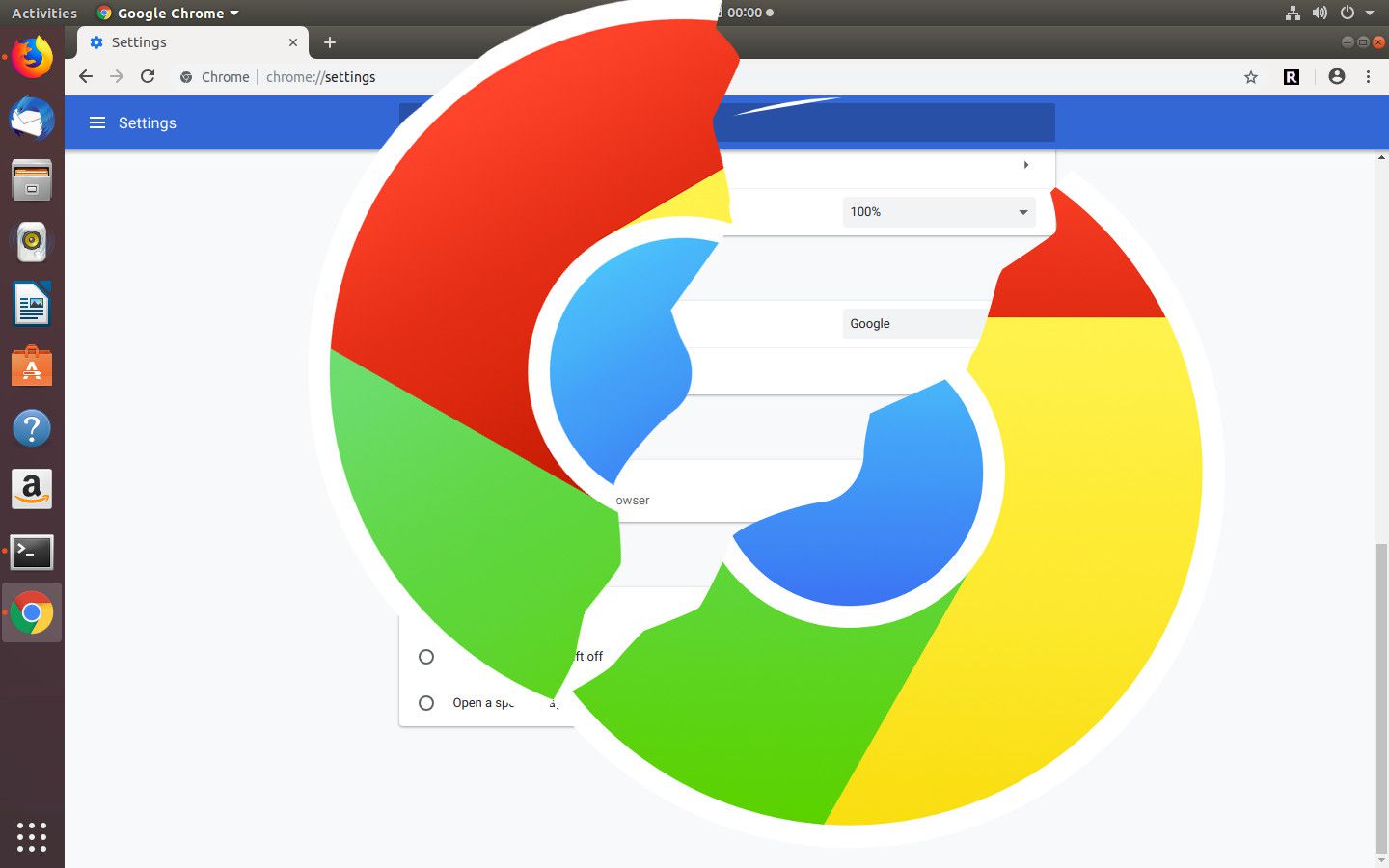Overview
Chrome extensions are powerful tools that allow users to customize and enhance their browsing experience on the Google Chrome web browser. These extensions, also known as add-ons, provide additional functionality and features beyond the browser’s default capabilities. They can range from simple utilities that improve productivity to complex tools that modify and optimize website behavior.
With a vast library of extensions available, users can find options to suit their specific needs and preferences. These extensions cover various categories including ad-blockers, social media tools, note-taking apps, language translators, and much more. Whether you’re looking to streamline your work processes, boost your online security, or enhance entertainment options, there’s likely a Chrome extension that can help.
As Chrome extensions can have varying levels of performance, security, and functionality, it’s essential to find and install reputable and trusted ones. The Chrome Web Store is the official marketplace for Chrome extensions, offering a wide range of options with user reviews and ratings to guide your selection.
Once you’ve installed extensions, you may need to activate or enable them to start using their features. Activating extensions is typically a straightforward process, but it’s essential to understand how to manage and troubleshoot them if any issues arise.
This article will guide you through the process of finding, installing, activating, and managing Chrome extensions, as well as providing troubleshooting tips to ensure a smooth experience. By the end, you’ll be well-equipped to make the most of these powerful tools and tailor your browsing experience to your liking.
What are Chrome Extensions?
Chrome extensions are small software programs that users can install on their Google Chrome web browser to extend its functionality. These add-ons allow users to customize and personalize their browsing experience by adding new features or modifying existing ones.
Chrome extensions are designed to enhance productivity, improve website accessibility, provide additional security measures, and offer various utilities to simplify daily online activities. They can perform a wide range of functions, from blocking intrusive ads and tracking cookies to integrating social media platforms and managing passwords.
These extensions are built using web technologies such as HTML, CSS, and JavaScript, allowing developers to create powerful tools that interact directly with web pages. This allows for seamless integration and the ability to manipulate website content, interact with APIs, and access browser-specific functionality.
The Chrome Web Store is the official marketplace for Chrome extensions, offering a vast selection of options for users to choose from. Extensions are categorized based on their functionality, making it easier for users to find the ones that meet their specific needs.
Some popular categories of Chrome extensions include:
- Ad Blockers: These extensions block advertisements, reducing clutter and improving website loading times.
- Productivity Tools: These extensions help users manage tasks, organize their workflow, and save time by providing features like to-do lists, note-taking capabilities, and calendar integrations.
- Security Extensions: These extensions enhance online security by protecting against malware, phishing attempts, and unauthorized data access, providing secure browsing experiences.
- Social Media Enhancements: These extensions integrate social media platforms into the browser, allowing users to manage their accounts, schedule posts, and quickly share content.
- Language Translators: These extensions automatically translate web pages into different languages, facilitating easier communication and information access.
These are just a few examples, and the possibilities are almost endless. Chrome extensions offer a wide range of customization options, allowing users to tailor their browsing experience to their specific preferences and needs.
Understanding what Chrome extensions are and the vast range of features they offer helps users take full advantage of the power and flexibility that the Chrome browser provides.
Finding Chrome Extensions
Discovering new Chrome extensions is an exciting part of customizing your browsing experience. Google Chrome provides several ways to find and explore extensions, making it easy to discover options that suit your needs and preferences.
The primary platform for finding Chrome extensions is the Chrome Web Store. To access it, click on the three-dot menu icon in the top right corner of your Chrome browser and select “More Tools” and then “Extensions.” Alternatively, you can directly visit the Chrome Web Store by typing “chrome://extensions/” in the address bar.
Once on the Chrome Web Store, you can search for extensions using keywords related to the functionality you’re seeking. You can also browse through different categories such as Top Charts, Collections, and Featured Extensions to explore popular and recommended options.
When browsing the Chrome Web Store, pay attention to the following aspects:
- User Reviews and Ratings: Reviews and ratings give you insights into the experiences of other users. Read the feedback to determine whether an extension is reliable, secure, and performs well.
- Developer Information: Check the developer’s details to ensure the extension is from a reputable source. Extensions created by trusted developers are more likely to be safe and regularly updated.
- Number of Users: Higher user counts indicate popularity and reliability. It’s often a good sign if an extension has many active installations.
- Compatible Browsers: Confirm that the extension is compatible with your specific version of Google Chrome by checking its compatibility information.
Additionally, you can explore third-party websites, technology forums, and blogs to find recommendations and reviews of useful Chrome extensions. These sources often showcase hidden gems or niche extensions that might not be as prominent on the Chrome Web Store.
Once you’ve discovered a promising extension, consider checking its website or documentation for more information. Understand the features it offers, any required permissions, and whether it aligns with your privacy preferences.
By taking the time to explore and research various Chrome extensions, you can find options that greatly enhance your browsing experience and streamline your online activities.
How to Install Chrome Extensions
Installing Chrome extensions is a straightforward process that allows you to quickly add new functionality to your Google Chrome browser. Here’s a step-by-step guide on how to install Chrome extensions:
- Start by finding the extension you want to install. You can search for it directly on the Chrome Web Store or explore recommended options based on categories and user reviews.
- Once you’ve found an extension you’d like to install, click on its listing to open the extension’s details page.
- On the extension’s details page, you’ll find an “Add to Chrome” button. Click on it to initiate the installation process.
- A pop-up window will appear, presenting you with the permissions that the extension requires. Take a moment to review the requested permissions to ensure you’re comfortable with them, as they provide the extension access to specific features and functionalities on your browser.
- If you’re satisfied with the permissions, click on the “Add extension” button. The extension will begin downloading and installing on your Chrome browser.
- Once the installation is complete, you’ll see a notification confirming that the extension has been added to Chrome.
- You can access your installed extensions by clicking on the puzzle piece icon located on the top right corner of your browser. From the drop-down menu, select the extension you want to use or manage.
It’s important to note that some extensions may require additional setup or configuration after installation. In such cases, the extension’s details page or the developer’s website may provide specific instructions to follow.
Keep in mind that while Chrome extensions can greatly enhance your browsing experience, it’s crucial to install extensions from trusted sources. Stick to the official Chrome Web Store or reputable third-party websites to avoid installing malicious or potentially harmful extensions.
By following these steps, you’ll be able to install Chrome extensions and start enjoying their additional features and functionalities.
How to Activate Chrome Extensions
After installing a Chrome extension, it’s essential to activate or enable it to start utilizing its features within your browsing experience. Activating Chrome extensions is typically a straightforward process. Here’s a step-by-step guide on how to activate Chrome extensions:
- Click on the puzzle piece icon located on the top right corner of your Chrome browser. This will open a drop-down menu displaying all the installed extensions.
- From the drop-down menu, locate the extension you want to activate and click on the pin icon next to it. This action pins the extension’s icon to your Chrome toolbar, making it easily accessible.
- Once you’ve pinned the extension, its icon will appear on the top right corner of your browser, next to the address bar. If the extension requires any initial setup or configuration, you may need to follow additional instructions provided by the extension.
- Some extensions may also require specific permissions or access to certain websites to function correctly. Chrome will prompt you to grant these permissions when the extension attempts to access the required resources.
- To verify if the extension is activated, look for any visible changes or additional features that the extension provides. For example, if it’s an ad-blocking extension, you should notice a decrease in the number of ads displayed on websites.
- If you no longer wish to use an extension, you can deactivate or disable it by clicking on the puzzle piece icon and selecting the extension. From there, click on the toggle switch to turn off the extension. Disabling an extension temporarily prevents it from running without uninstalling it.
Remember to be mindful of the number of extensions you activate to avoid cluttering your browser and potentially impacting its performance. Only enable the extensions that you find useful and regularly use.
If you encounter any issues with activation or notice that an activated extension is not functioning correctly, ensure that you’re using the latest version of Chrome and that the extension is compatible with your browser version. You can also try disabling and re-enabling the extension or uninstalling and reinstalling it to troubleshoot potential problems.
By following these steps, you’ll be able to easily activate and manage your Chrome extensions, unleashing their full potential and customizing your browsing experience to suit your needs.
Managing Chrome Extensions
Managing Chrome extensions allows you to have control over the installed add-ons and ensure they are running smoothly. Here are some essential tips on managing Chrome extensions effectively:
Viewing and Accessing Extensions:
To access your installed extensions, click on the puzzle piece icon located on the top right corner of your Chrome browser. From the drop-down menu, select “Manage extensions.” This will open a new tab where you can manage and customize your extensions.
Disabling or Uninstalling Extensions:
If you want to temporarily stop using an extension, you can disable it without fully uninstalling it. In the Extensions tab, locate the extension you want to disable and click on the toggle switch next to it to turn it off. Disabling an extension can help improve browser performance and reduce clutter. If you decide you no longer need an extension, you can uninstall it by clicking on the “Remove” button located below the extension’s details in the Extensions tab.
Updating Extensions:
Extensions often receive updates from developers that can bring bug fixes, new features, or improved security. To ensure you have the latest version of your extensions, navigate to the Extensions tab and click on the “Update” button next to each extension with available updates. Keeping extensions updated helps maintain their compatibility with the Chrome browser and ensures they perform optimally.
Organizing Extensions:
If you have multiple extensions installed, you can organize them for easier access. In the Extensions tab, click and drag an extension to rearrange its position. You can place frequently used extensions closer to the top for quick access.
Checking Extension Permissions:
It’s a good practice to review the permissions granted to each extension on your browser. In the Extensions tab, under each extension’s details, you can see the specific permissions it has. If you are uncertain about any permissions or concerned about your privacy, consider researching the extension or contacting the developer for clarification.
Resetting or Refreshing Extensions:
If you encounter issues with an extension or notice that it is not working as expected, you can try resetting or refreshing it. In the Extensions tab, locate the problematic extension and click on the “Details” button. From there, you may find options to reset or refresh the extension, which can help resolve certain issues.
Exploring Advanced Extension Settings:
Chrome offers advanced settings and features to manage and customize extensions further. In the Extensions tab, click on the gear icon located in the top right corner. Here, you can enable developer mode, which unlocks additional options for testing and troubleshooting extensions.
By effectively managing your Chrome extensions, you can ensure they are up to date, organized, and functioning optimally. Regularly reviewing and adjusting your extensions can help improve your browsing experience and maintain browser performance.
Troubleshooting Chrome Extensions
While Chrome extensions can enhance your browsing experience, occasional issues may occur that can disrupt their functionality. Here are some common troubleshooting techniques to help resolve problems with Chrome extensions:
Disable Other Extensions:
If you’re experiencing issues with a specific extension, it’s possible that it conflicts with another installed extension. Temporarily disable other extensions one by one to identify if one of them is causing the problem. This can help pinpoint the conflicting extension and allow you to find a suitable solution.
Clear Cache and Cookies:
Clearing your browser’s cache and cookies can resolve issues related to stored data interfering with an extension’s functionality. To clear cache and cookies, go to Chrome’s settings, click on “Privacy and Security,” then “Clear Browsing Data.” Tick the relevant options and click “Clear data.”
Check for Updates:
Ensure that you are using the latest version of Google Chrome and that your extensions are up to date. Outdated browser versions or extensions may have compatibility issues leading to malfunctioning. To update Chrome and extensions, go to the Extensions tab, click on the “Update” button next to each extension, and regularly check for browser updates.
Disable Hardware Acceleration:
In some cases, hardware acceleration can cause conflicts with certain extensions. To disable hardware acceleration, go to Chrome’s settings, click on “Advanced,” then under the “System” section, toggle off “Use hardware acceleration when available.”
Reset Extension Settings:
If an extension is not working correctly, you can try resetting its settings. Go to the Extensions tab, locate the problematic extension, and click on the “Details” button. Look for an option to reset the extension or restore default settings.
Contact Extension Developer:
If you have exhausted troubleshooting options and the extension still fails to function properly, consider reaching out to the developer for support. They may be able to provide specific solutions or guidance to address the issue.
Reinstall Extensions:
In case none of the previous steps resolve the problem, uninstall and reinstall the problematic extension. Go to the Extensions tab, locate the extension, and click on the “Remove” button. Then, revisit the Chrome Web Store and reinstall the extension.
Create a New Chrome Profile:
If the issue persists, you can create a new Chrome profile as a last resort. This creates a fresh user profile with default settings, which can help isolate the problem. To create a new profile, go to Chrome’s settings, click on “Manage People,” and choose “Add person.”
By applying these troubleshooting techniques, you can often resolve issues with Chrome extensions and restore their proper functionality. Remember to restart your browser after making any changes to ensure they take effect.
Conclusion
Chrome extensions offer a world of possibilities to enhance your browsing experience and tailor your browser to your needs. With the ability to add new features, increase productivity, improve security, and customize your browser, Chrome extensions empower you to make the most of your online activities.
In this article, we explored an overview of Chrome extensions, understanding what they are and the wide range of functionalities they provide. We delved into finding and installing extensions from the Chrome Web Store, ensuring you choose reputable options with positive user reviews and ratings.
We also covered the process of activating extensions and managing them effectively. From pinning them to the toolbar for easy access to organizing and disabling, you now have the knowledge to stay in control of your installed extensions.
Moreover, we provided troubleshooting tips to help you overcome any issues you may encounter with Chrome extensions. By following the suggested troubleshooting techniques, you can resolve common problems and restore the proper functioning of your extensions.
Remember to stay cautious when installing extensions, choosing reliable sources, and reviewing the requested permissions to protect your privacy and ensure a secure browsing experience. Regularly updating your extensions and being mindful of the impact on browser performance will help maintain a smooth and efficient browsing environment.
With this comprehensive understanding of Chrome extensions and the tools to manage them, you’re now equipped to explore the vast library of available extensions and customize your browsing experience to suit your preferences. Embrace the power of Chrome extensions to enhance your productivity, secure your online activities, and enjoy a tailored and enjoyable browsing experience.







